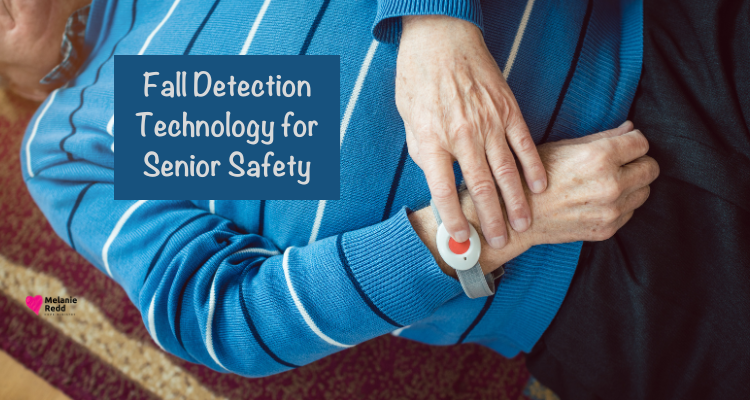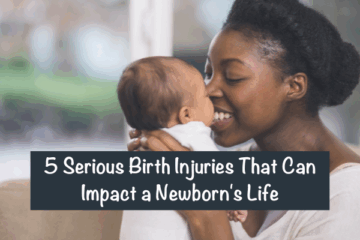Fall Detection Technology for Senior Safety

Fall Detection Technology for Senior Safety: Advancements in Eldercare Monitoring
Fall detection technology is a game-changer for senior safety. These devices, such as Life Assure’s fall detection device, use advanced sensors to detect when a person has fallen and automatically call for help, even if the wearer is unconscious or unable to press a button. This can bring peace of mind to older adults and their families.
Moreover, these systems come in different forms, like pendants or wristbands, and often include GPS tracking for added safety. Some popular options in Canada include Life Assure and Medical Guardian. They offer 24/7 monitoring and quick access to emergency services.
When picking a fall detection device, it’s important to consider factors like battery life, water resistance, and ease of use. The best choice depends on the senior’s lifestyle and needs. Some systems work well for active seniors who are often out and about, while others are better suited for those who mostly stay home.
Key Takeaways
First… Fall detection devices automatically call for help if a senior falls.
Second… Options range from wearable pendants to GPS-enabled systems.
Third… Choosing the right device depends on a senior’s lifestyle and needs.
Understanding Fall Detection Technology
Fall detection technology uses sensors and algorithms to identify when someone falls and alert help. It’s
a key safety tool for seniors living independently.
Essential Components and Mechanisms
Fall detection devices rely on several key parts. An accelerometer measures sudden changes in movement. A gyroscope tracks the body’s position in space. These sensors work together to spot falls. The device’s algorithm analyzes sensor data to tell falls from normal activities. It looks at things like speed of movement and impact force.
When it detects a fall, it triggers an alert. Most devices have a way to cancel false alarms. This can be a button the user presses or a voice command. Some also have GPS to help pinpoint the person’s location.
Types of Fall Detection Devices
There are a few main types of fall detection devices. Pendants are worn around the neck and are easy to use. They often have a help button too. Smartwatches and wearable devices are popular choices. They blend in with everyday accessories and can do other things like track heart rate.
Even more, some systems use cameras or sensors placed around the home. These can detect falls without the person needing to wear anything. Mobile systems work both in and outside the home. They use cell networks to send alerts from anywhere.
Fall Detection System Accuracy and Reliability
Accuracy is crucial for fall detection systems. False alarms can be annoying and may lead people to stop using the device. But missing a real fall can be dangerous. I’ve found that most systems today are reliable. They can tell the difference between a fall and just sitting down quickly. But no system is perfect.
To improve accuracy, many devices now use AI and machine learning. These technologies help the system get better at spotting falls over time. It’s important to test fall detection systems regularly. This makes sure they’re working right and can catch problems early.
Choosing the Right Fall Detection Device
Picking a fall detection device requires looking at key factors like accuracy, comfort, and reliability. Indeed, the right choice can make a big difference in keeping seniors safe and independent.
Factors to Consider
When shopping for a fall detection device, I think about accuracy first. The device needs to spot real falls while avoiding false alarms. Comfort is crucial too. The best devices are lightweight and easy to wear all day. Battery life matters a lot. I look for devices that last at least 24 hours on a single charge.
Also, some can go for days or even months. Range is another key point. For in-home systems, I make sure the signal reaches every room. For mobile devices, I check the GPS coverage area. Price is always a factor. I compare both upfront costs and monthly fees. Some brands offer free equipment with a subscription.
Additional Features and Benefits
Many fall detection devices offer extra perks. GPS tracking is great for active seniors who go out often. It helps emergency services find them quickly if needed. Two-way talk is a must-have in my book. It lets users speak with the monitoring center right through their devices.
In addition, some systems include extras like medication reminders or daily check-in calls. These can be helpful for seniors living alone. Water-resistant devices are good for wearing in the shower, where falls are common. Long battery life means less hassle with charging. I also look for systems that let family members track the user’s location or get alerts. This extra layer of support can bring peace of mind to everyone.
FAQ: Your Most Common Inquiries
Here are answers to some common questions about fall detection technology for seniors:
Q: How do fall detection devices work?
A: These devices use sensors to detect sudden movements or impacts. When a fall is detected, they alert emergency services or caregivers automatically.
Q: Who should use fall detection technology?
A: It’s helpful for seniors living alone, those with mobility issues, or anyone at higher risk of falling. People with certain medical conditions may also benefit.
Q: Are fall detection devices waterproof?
A: Many are water-resistant for use in the shower. Some are fully waterproof. Check the product specs for details on water protection.
Q: Do I need a smartphone to use fall detection?
A: Not always. Some devices work independently, while others pair with a smartphone app. There are options for various tech comfort levels.
Q: What’s the range of fall detection devices?
A: It varies. In-home systems typically cover your entire house. Mobile devices use cellular networks for wider coverage when you’re out and about.
Q: How accurate are fall detection devices?
A: Modern devices are quite accurate, but false alarms can happen. Many allow you to cancel alerts if you’re okay after a detected fall.
Integration and Support for Caregivers
Fall detection systems can make a big difference for caregivers. They help us keep seniors safe while giving them more freedom. These systems also make emergencies easier to handle.
Emergency Response and Medical Alerts
When a fall happens, quick action is key. Fall detection devices can call for help right away. They contact a monitoring center or send alerts to caregivers’ phones. Many systems use GPS to share the senior’s location. This helps emergency services find them fast. Some devices can even call an ambulance if needed. I’ve seen response times improve greatly with these systems. Seniors get help quicker, which can prevent worse health problems.
Caregiver Peace of Mind and Independence
Fall detection gives caregivers more peace of mind. We can’t be with our loved ones all the time. But these systems watch over them 24/7. Seniors gain more freedom too. They can move around on their own, knowing help is there if they need it. Also, I find that both caregivers and seniors feel less stressed. The fear of falls doesn’t control their lives as much.
New Developments in Fall Detection for Seniors
The fall detection tech keeps getting better. Newer devices are smaller and easier to use. Some look just like normal watches or jewelry. Many new systems work with smartphones too. iPhones now have built-in fall detection. AI is making these systems smarter. They can tell the difference between a fall and normal movement. This means fewer false alarms for caregivers.
Were you encouraged by what you read?
Then, would you share this article with a friend, co-worker, or family member?
Or, maybe you can send it to a friend or family member?
This blog occasionally uses affiliate links and may contain affiliate links.
Additionally, Melanie Redd is a participant in the Amazon Services LLC Associates Program.
This is an affiliate advertising program designed to provide a means for sites to earn advertising fees. These are earned by advertising and linking to amazon.com.
Also, for more on my disclosure policy, click HERE.
© Melanie Redd and Hope Ministry, 2024. Unauthorized use and/or duplication of this material without express and written permission from this blog’s author and/or owner is strictly prohibited.
Further, excerpts and links may be used, provided that full and clear credit is given to Melanie Redd and Hope Ministry.
Please give appropriate and specific directions to the original content.




0 Comments